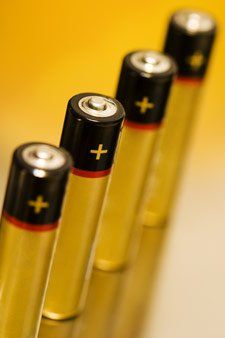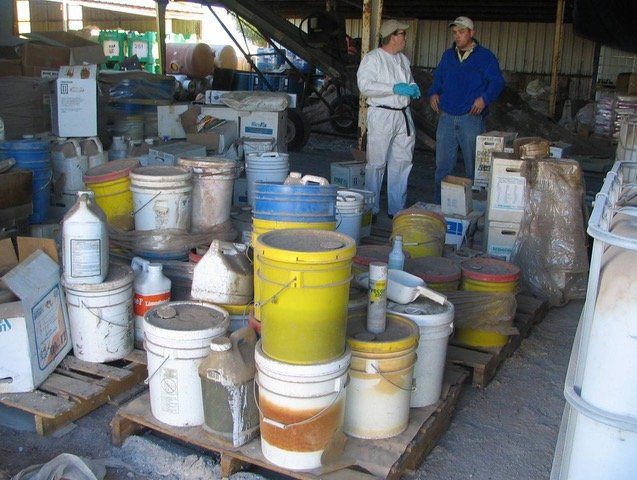
Pollution Control Inc.
Universal Waste
Pollution Control Inc.
Universal Waste
Universal Waste Services

Universal Waste Program

Types of Federal Universal Waste
- Batteries
40 CFR section 273.9 defines a battery as a device consisting of one or more electrically connected electrochemical cells which is designed to receive, store, and deliver electric energy. An electrochemical cell is a system consisting of an anode, cathode, and an electrolyte, plus such connections (electrical and mechanical) as may be needed to allow the cell to deliver or receive electrical energy. The term battery also includes an intact, unbroken battery from which the electrolyte has been removed.
- Pesticides
The universal waste regulations can be used to manage pesticides that have been recalled if they are either stocks of a suspended and canceled pesticide that are part of a voluntary or mandatory recall under FIFRA Section 19(b) (including, but not limited to those owned by the registrant responsible for conducting the recall) or if they are stocks of a suspended or canceled pesticide, or a pesticide that is not in compliance with FIFRA, that are part of a voluntary recall by the registrant. Universal waste can also be used to manage stocks of other unused pesticide products that are collected and managed as part of a waste pesticide collection program.
- Mercury-Containing Equipment
40 CFR part 273.9 defines mercury-containing equipment as a device or part of a device (including thermostats, but excluding batteries and lamps) that contains elemental mercury integral to its function.
- Lamps
40 CFR part 273.9 defines a lamp as the bulb or tube portion of an electric lighting device. A lamp is specifically designed to produce radiant energy most often in the ultraviolet, visible, and infra-red regions of the electromagnetic spectrum. Examples of common universal waste electric lamps include, but are not limited to, fluorescent, high intensity discharge, neon, mercury vapor, high pressure sodium, and metal halide lamps.

14700 Rockbridge Rd.
Little Rock, AR 72206
6414 Spellman Rd.East Camden, AR 71701
Contact:
888-905-0310bburgeis@pollutioncontrolinc.com
All Rights Reserved | Pollution Control, Inc | Powered By Flypaper | Privacy Policy